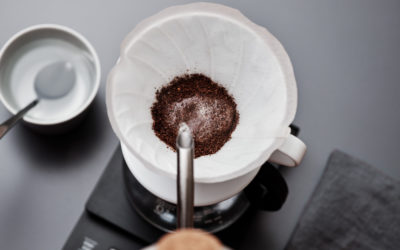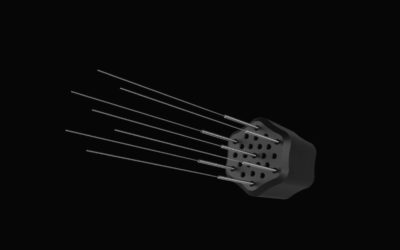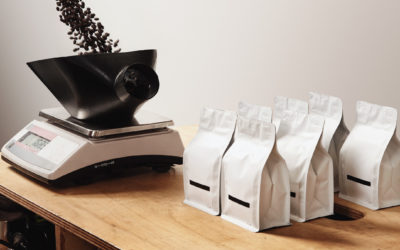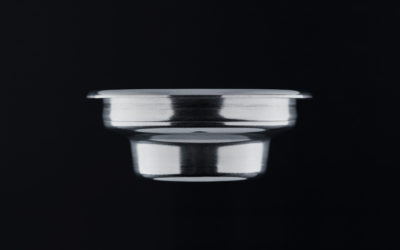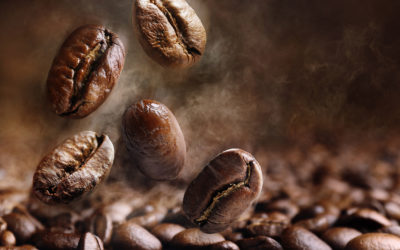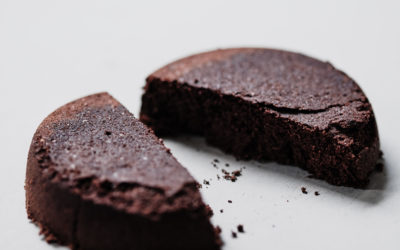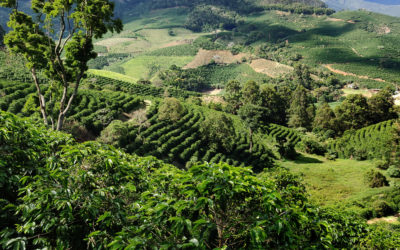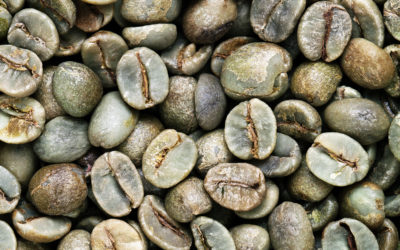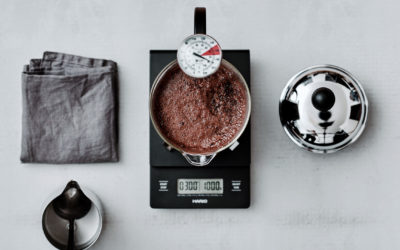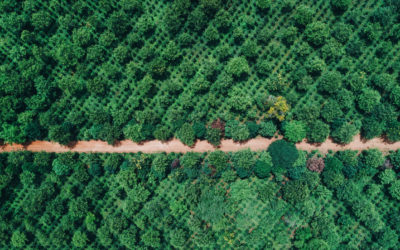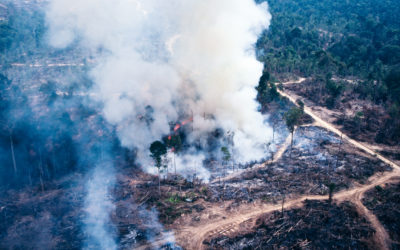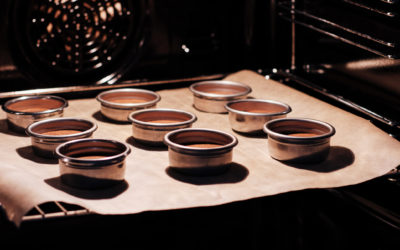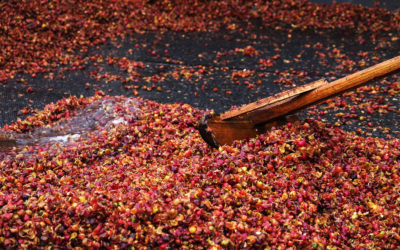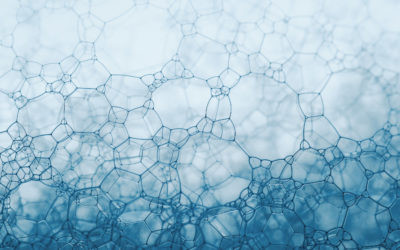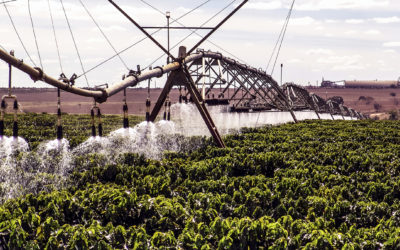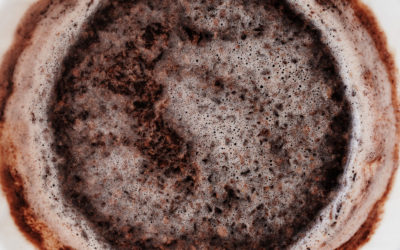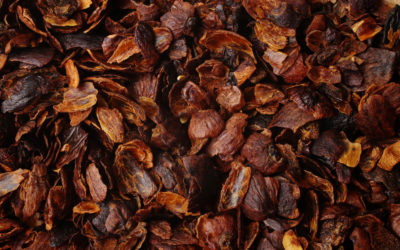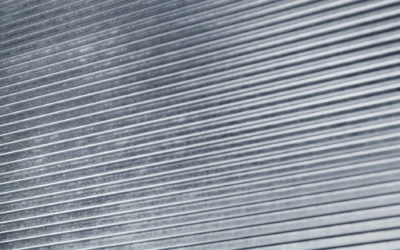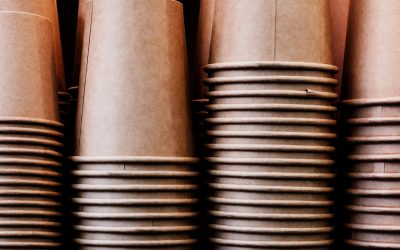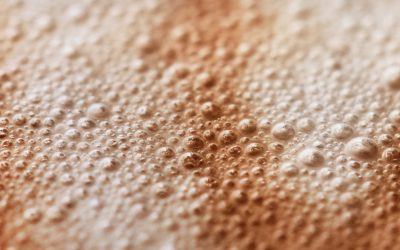Blooming and Clogging
Our Dean of Studies, Jem Challender, recently noticed that whenever he used more water than usual to bloom his filter coffee, his brews were more prone to clogging. We decided to set up a simple experiment to verify this, and found that the amount of bloom water really does influence how much a brew clogs.
The yo-yo pour
Have you ever sat at a brew bar, watching a barista wave a kettle around as if they are conducting an invisible orchestra, or as if it’s attached to the ceiling with a bungee? “The yo-yo pour” is our name for this kind of unintended up-and-down motion that a barista sometimes makes when brewing a pour-over coffee.
Weiss Distribution Technique
Should we all be using the Weiss Distribution Technique again? Is there a right way and a wrong way to do it? The Weiss Distribution Technique (WDT) is a distribution method for espresso making. Using a fine needle or similar tool, the barista stirs the coffee while it sits in the portafilter.
Coffee Packaging
Because packaging waste has a visible impact in consuming countries, it is often thought of as a major contributor to the environmental impact of coffee. Many coffee roasteries tout their environmental credentials by emphasising their recyclable or compostable packaging. However …
All the Single Baskets
In an ideal world, a single espresso basket would allow you to make half the amount of coffee as a double, and achieve exactly the same flavour as a double, all without changing the grind size. In reality, single baskets usually fall short of this. Most of the time, a single basket requires you to either …
Roasting
After milling, the next major stage in the life cycle of a coffee is roasting. All the life cycle analyses (LCAs) we’ve studied show that the roasting stage contributes very little to the overall greenhouse gas (GHG) emissions from a cup of coffee. In the LCA app, the preset figure for carbon emissions …
Looking at Spent Pucks
Does analysing an espresso puck after extraction tell you anything useful about what happened during extraction? One of the challenges of making espresso is that it’s usually hard to tell if a shot was any good before serving it to a customer. It’s common practice to taste a small sample of a batch brew …
Estimating the Environmental Cost
All other things being equal, we’d expect high-quality speciality coffee to be more environmentally friendly than the average commercial coffee, because many factors that make coffee sustainable also promote high quality. We could find …
Choosing a Green Green Coffee
It’s clear that the two main contributors to emissions from production result from fertiliser use on the farm and fermentation from wet processing at the mill. Yet the studies that we’ve discussed vary widely in their estimates, due partly to the different conditions in each country but also to differences in …
The Ideal Temperature for French Press
For pour-over methods like V60, Barista Hustle has long advocated using very hot water for brewing coffee — just off the boil, or at around 98°C for anyone using a temperature-controlled kettle. However, in our new course about …
Sequestering Carbon
Coffee grows natively under forest trees, and it is well adapted to growing under shade. ‘Agroforestry’ refers to a system of cultivation in which coffee is grown amidst forest trees. These may be native forest trees or they may be deliberately planted, whether for shade and firewood, to fix nitrogen in the soil …
Burning Down The House
Establishing the coffee plantations in Brazil that made it the world’s biggest supplier of coffee came at a huge environmental cost. Huge swaths of tropical rainforest were felled and burned to clear the land for coffee seedlings (M Pendergrast, 2010). The fertile soil, enriched with humus …
Espresso Crema Experiment
In case you didn’t know, for most of our blog posts we ask readers in our Facebook group to pick questions for us to answer. This week, you voted for this question: ‘What happens if you take coffee grinds and put them in the oven at 70° C to disperse roasting gases, and then make an espresso?’
Carbon Footprint of Coffee Processing & Milling
The major contribution to the carbon produced at the wet mill is the methane and other greenhouse gases released in the wastewater. In Kenya, where traditional washed processing uses large amounts of water for fermentation …
Water Hardness
Hardness is a measure of the amount of certain minerals in water. The amount and proportion of minerals in your brewing water can have a dramatic effect on the flavour of your coffee, as well as affect how likely your espresso machine is to get scaled up, so it’s worth trying to understand …
Measuring the Carbon Footprint of Coffee Cultivation
At the farm, the major input, from the point of view of the carbon footprint, is the fertiliser. According to Killian et al.’s study in Costa Rica, it accounts for around 94% of the carbon footprint of this stage of coffee production. By contrast, fossil fuel …
The Rao Spin
The Rao Spin is a technique in which the barista swirls the filter cone during brewing, to make the slurry spin. It’s named for Scott Rao, who popularised — but did not invent — the technique.1 It’s thought to increase extraction, reduce channeling and make brews more consistent. But how does it have this effect?
Cascara Banned in Europe
Cascara has been regularly hailed as the next big thing in coffee. Once a rare novelty in speciality coffee, in recent years everyone from Starbucks to Stumptown has jumped on the trend for cascara-infused drinks. In 2018, demand for cascara became so high that the price far outstripped that of coffee itself …
Carbon Sequestration and Land Use Changes in Coffee Farming
This approach overcomes one of the major limitations of an LCA, which is that it can be very expensive to conduct in full. ‘Gathering the data can be problematic, and the availability of data can greatly impact the accuracy of the final results’ …
App – Pressure & Flow
This app simulates the pressure and flow inside an espresso machine while a shot is running. To view the effects of these changes in real time during a shot, click on ‘Graph’ and then ‘Start’, and the app will simulate an espresso being pulled, showing you how the pressure and flow change as the resistance …
Commitments to Diversity, Equity, and Inclusion
We have engaged consultants and are devoting concerted time to examine all aspects of our business and to identify areas of improvement. This process of consultation will critically examine our hiring of freelancers and employees, our workplace …
Bench-top Roller Mill?
Industrial grinders, of the sort used to produce espresso pods or supermarket packs of pre-ground coffee, are more or less exclusively roller mills. The most sophisticated of these grinders can grind coffee without significantly heating the grounds, and in the process produce very narrow …
Reducing the Carbon Footprint of a Typical Café in Australia
Dr Adam Carr runs the Coffee Science and Education Centre at Seven Miles coffee roasters in Sydney, Australia. Dr Carr previously worked as a researcher in chemical engineering, with a focus on high temperature water technologies, so it was …
A Few Minutes of Foam
If you leave a latte for a few minutes on the countertop, sometimes the foam starts to break up — but sometimes it doesn’t. Why? No matter how long you’ve been slinging shots, sometimes a latte will go bubbly after pouring. If you’ve ever had to remake a coffee because it was sat on the counter …
